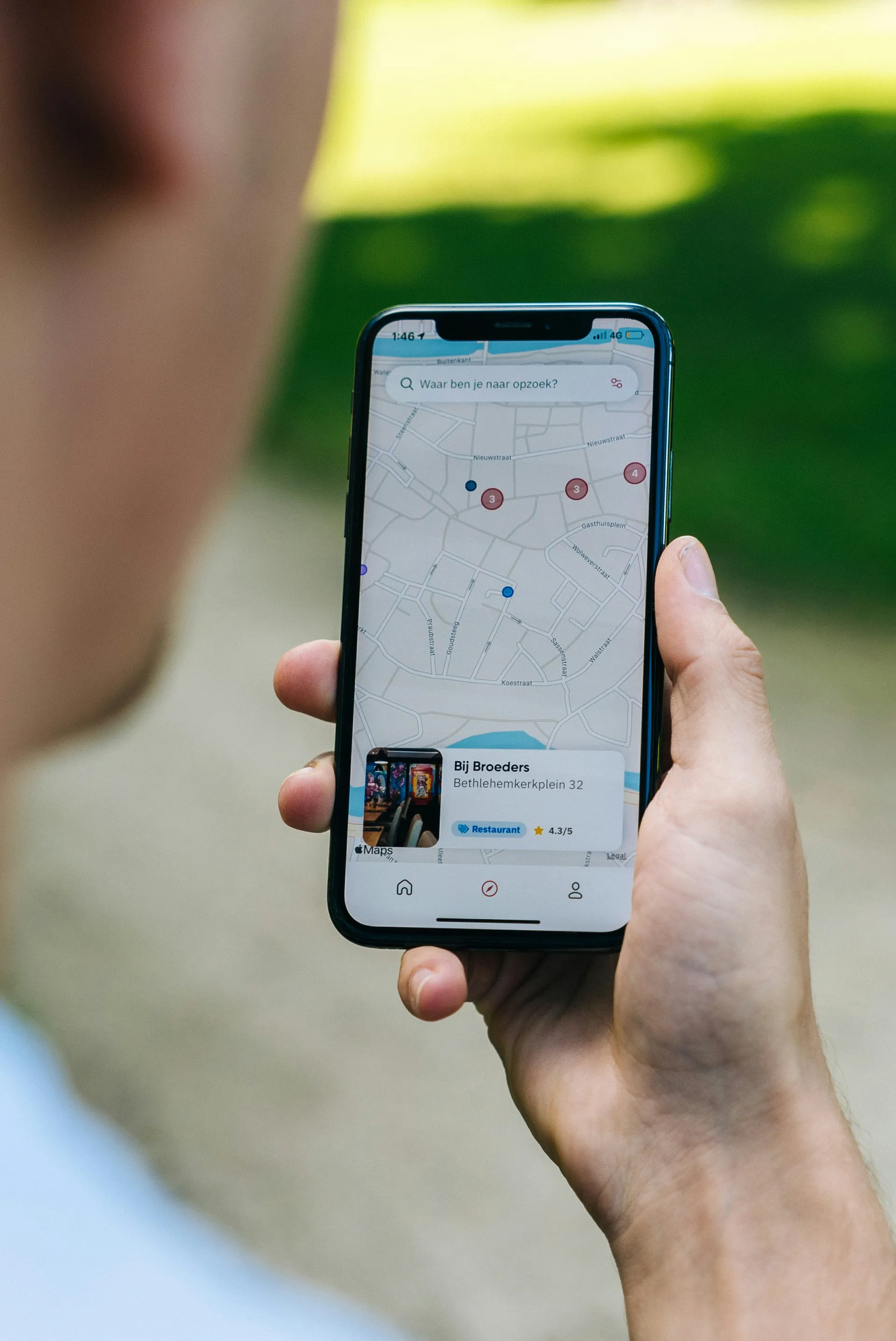If you're here to learn about cheating on the Strava app to achieve faster times, it's essential to understand the broader implications and why such actions are widely discouraged. Strava, a popular fitness app, is built to foster a community of athletes who log activities like running and cycling to track progress, set goals, and compete with a spirit of fair play.
Despite this, the temptation to top leaderboards and gain social validation has driven some users to adopt unethical methods to enhance their performance metrics.
Before delving into the ways people cheat on Strava, it's important to recognize that such actions compromise the integrity of the platform and the trust within its community. Cheating isn't just about manipulating data; it impacts the morale of genuine athletes who dedicate themselves to achieving honest results.
In this article, we’ll examine how people cheat on Strava, the tools they use, and why these practices harm the community. The goal is not to promote cheating but to emphasize the importance of maintaining integrity in athletic achievements.
One of the most sophisticated methods of cheating on Strava involves manipulating GPS data files, specifically GPX files. Users can employ software to edit these files, creating artificial routes that display impossible speeds and distances. This technique allows cheaters to fabricate superior performance metrics, such as faster times and longer distances, without actually putting in the physical effort.
For instance, a user could create a GPX file that shows a route with straight lines or unrealistic speeds, which would likely be flagged by Strava's algorithms and the community as suspicious.
Another common method of cheating involves using e-bikes or other motorized assistance without properly flagging the activity. Strava allows users to log activities with e-bikes, but these must be clearly marked to avoid misleading other users.
Cheaters might fail to indicate that they used an e-bike, thereby inflating their performance metrics and unfairly competing against those who rode traditional bikes. This not only skews the leaderboards but also undermines the integrity of the competition.
A more blatant form of cheating on Strava is performing an activity while riding in a vehicle. This could involve driving a car, riding a scooter, or even taking a train along a segment of the route.
By doing so, users can achieve unrealistically high speeds and distances, which are then logged as if they had been achieved through genuine athletic effort. This method is often easy to detect due to the obvious discrepancies in GPS data and the unrealistic speeds recorded.
Some cheaters manipulate their device clocks or time zones to alter the timing of their activities. By adjusting the clock or time zone settings, users can make it appear as though they completed an activity at a different time or date, potentially allowing them to avoid detection or to fit into specific time windows for challenges or leaderboards.
However, this method can be detected through careful examination of the activity's metadata and the inconsistencies it may introduce.
Manual entry cheating occurs when users log activities manually with performance metrics that are clearly unrealistic. This often includes inputting times, distances, or other data that far exceed their actual abilities.
For instance, a user might log a run or bike ride with times that are dramatically faster than their own past performances or those of other athletes. These suspicious entries can often be spotted by analyzing the activity data for inconsistent splits, impossible times, or other clear anomalies.

One of the most prevalent tools used for cheating on Strava involves GPS spoofing apps and software. These tools allow users to fake their GPS location, making it appear as though they are performing an activity in a different location or at a different time.
Apps like iMoveGo and iMyFone AnyTo are popular choices for this purpose. These applications enable users to create custom routes, simulate movement at various speeds, and even teleport their location to anywhere in the world.
Another method of cheating involves simulating outdoor activities while staying indoors. This can be achieved using the same GPS spoofing apps mentioned earlier.
Users can create a route on the map and then follow it virtually using the app's multi-spot or 2-spot mode. The app can also be set to move at varying speeds, making the activity appear more realistic.
Some cheaters exploit bugs and glitches in the syncing process between their devices and Strava. This can involve manipulating the device's clock or time zone settings to alter the timing of the activity.
Additionally, users might take advantage of inconsistencies in how different devices or platforms calculate and sync data. For instance, the Strava Android app has been known to generate speeds using algorithms rather than pure GPS data, which can sometimes result in false positives when detecting cheating.
There are various third-party tools available that allow users to modify their activity data post-upload. These tools can change time, distance, elevation, and even power output to fabricate superior performance metrics.
Tools like the GOTOES timestamp tool can modify GPX files to increase distance traveled or total ascent. These modifications can significantly impact the user's standing on leaderboards but are often detectable through data analysis.
In conclusion, cheating on Strava undermines the very spirit of athletic achievement and community trust that the platform is built upon. It is important to recognize the various methods of cheating and understand their negative impact on genuine athletes.
To maintain the integrity of Strava, users must be vigilant in spotting and reporting suspicious activities using the flagging tool and providing detailed evidence.
By committing to honest logging practices and supporting Strava’s efforts to detect and prevent cheating, we can ensure a fair and motivating environment for all users. Let’s uphold the values of fair play and personal growth, celebrating true achievements and fostering a community where everyone can thrive honestly.